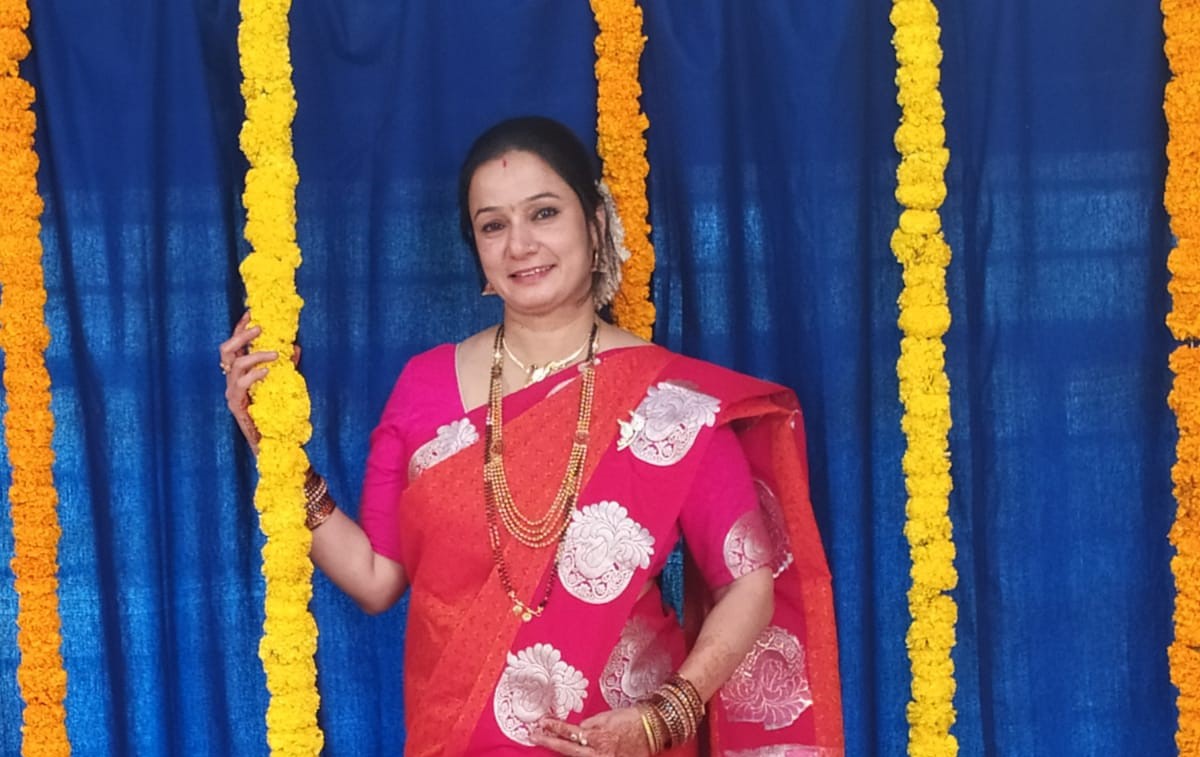Humayun Tomb
Humayun’s tomb or Maqbara-e-Humayun is the resting tomb of the Mughal king, Humayun. This tomb was initiated by his first wife, Empress Hamida Banu Begum in the 16th century. This is the first garden-tomb in Asia and is a heritage site too. The tomb is not just one building of architectural value. The complex holds numerous
monuments, tombs and other structures for exploration. It’s Construction took
place from 1569-70 and was designed by Mirak Mirza and his son. This tomb is located in Nizamuddin East, Delhi, India, close to the Dina-Panah Citadel, also known as Purana Qila, that Humayun found in 1533. It was also the first structure to use red sandstone at such a scale. The tomb was declared a UNESCO World Heritage Site in 1993 and since then has undergone extensive restoration work, which is complete. The tomb is easily accessible from any part of Delhi. The nearest railway station is Nizammudin and the nearest metro stations are Race Course station and Jorbagh station. You can hire buses from ISBT or Rajiv Chowk or Nizamuddin to reach the tomb. You can also find autos and cabs from any part of the city to the tomb.
In the busy lives of the Delhiites, this can be placed to calm yourself from the hectic schedules and all the races we all part of. Not only this place helps us to calm down and take a break but also this place has an architecture and a historic background which fascinates our mind. Talking about the architectural masterpiece, this complex has two gateways built with two storey’s found on the western and southern side of the complex. The southern gateway was the royal entrance, which is now closed to the public. The upper floor of the gateway holds a small courtyard. Enter through the western gateway to get to the mosque inside the complex. Near to the mosque, the tomb of Humayun’s favourite barber lies. It is called as the dome of the barber. The tomb is built with red sandstone, rubble masonry and marble. It is decorated with lattice screens. There is a plinth, which holds more than a hundred gravestones.
The tomb of Humayun has a double dome, which is covered with white marble on the outer layer. You can find arches, latticework and other interesting Persian style architectural elements here. Inside the tomb, an octagonal sepulchre is present with a cenotaph inside the burial chamber. The head of the emperor is placed facing the Mecca. The real body of the emperor is located in an underground chamber right below the cenotaph. Entry to the underground is restricted. On the walls of the tomb, inscriptions of the Quran are found. The tomb is located on a 30-Ireland, which is divided into four by paved walkways, which are bisected by water canals. The squares created by walkway are developed into Persian gardens.
On the northern side of the complex, a bath chamber is found. Close to the tomb, lies Nizamuddin Dargah. It is a mausoleum of Nizamuddin Auliya, a Sufi saint and a ruler of the city. Tomb of Battashe wala Complex lies close to the tomb, on the opposite side of the road. The monument does not hold one tomb. It has a series of small monuments and tombs that lead to the main monument. There are many monuments, which were built before the Humayun tomb in the complex. While entering through the gateway, you will walk through the Bu Halima garden and tomb. On the southern part of the complex, an officer tomb of
a nobleman is found. The most prominent monument of all is the mosque of Isa Khan. It was built in the 16th century and it holds the tomb of Afghan noble of Mughal court. It has a walled garden within its enclosure.
Right outside the complex, Nila Gumbad stands with its striking blue tiles. This structure is famous for its architecture, plaster decoration and others. Other interesting monuments are the tomb of Muzaffar Husain Mirza, Bateshewala Mahal, Barapula and others.



















